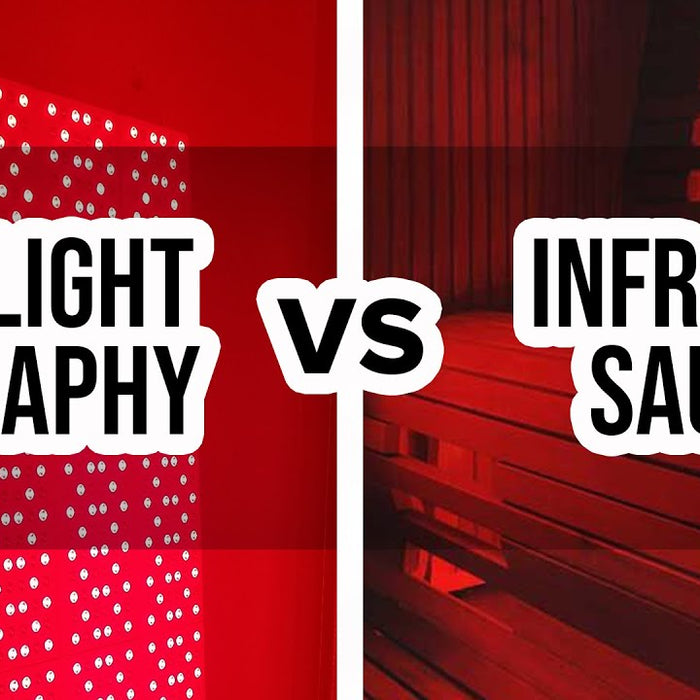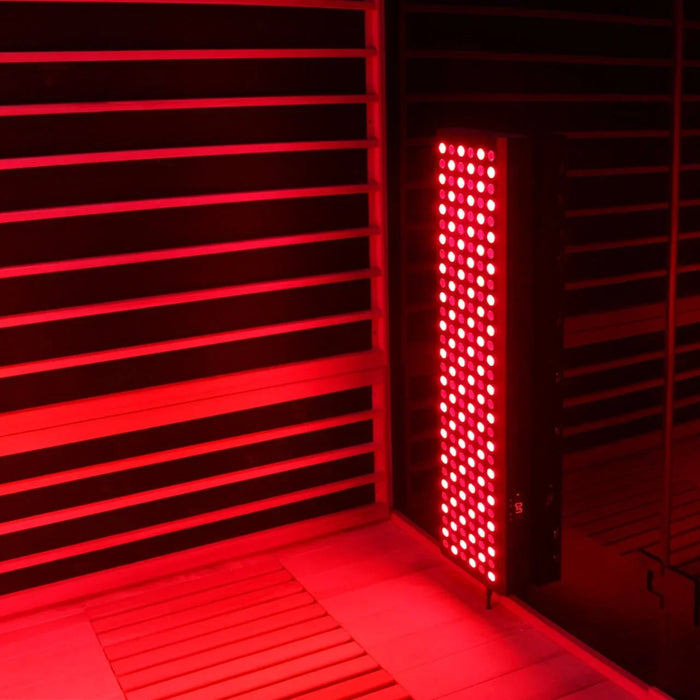Owning a home sauna can be a luxury—a place for relaxation and rejuvenation. However, before diving into the therapeutic warmth of a sauna, it's essential to understand its electrical requirements to ensure safety and optimal functioning. This comprehensive guide explores the various electrical considerations every homeowner should be aware of before installing a sauna.
Electrical Circuitry and Sauna Types
Different sauna types come with unique electrical demands. Understanding these requirements ensures a safe and efficient setup.
Traditional Saunas
Traditional Finnish saunas, also known as steam saunas, use a heater and sauna stones to generate heat. Their electrical specifications include:
-
Voltage: Typically 220-240V for home use.
-
Amperage: Ranges from 30 to 50 amps, depending on the heater size.
Infrared Saunas
Infrared saunas use infrared light to heat the body directly, rather than warming the air. Their electrical specifications are usually:
-
Voltage: Typically 110-120V for smaller units and 220-240V for larger models.
-
Amperage: Usually between 15 to 20 amps for most home units.
Dedicated Circuitry
Saunas must operate on a dedicated electrical circuit. Sharing a circuit with other appliances or outlets can lead to overloading and safety hazards. A properly installed dedicated circuit helps ensure smooth operation and longevity.

Sauna Lighting and Controls
Most saunas come with built-in lighting and digital control panels. These components typically require:
-
Voltage: 110-120V for standard lighting and controls.
-
Amperage: Generally less than 5 amps.
To maintain safety, ensure that the lighting and control system are connected separately from the primary heater circuit.
Wire Sizing and Insulation
Using the correct wire size is essential for safety. Undersized wiring can overheat, leading to electrical hazards. Recommended wire sizes include:
- For saunas requiring up to 30 amps: Use 10-gauge wire.
- For saunas needing 40-60 amps: Use 8-gauge wire.
Additionally, always use insulated and moisture-resistant wiring to withstand the humid sauna environment.

Ventilation and Safety
While ventilation isn’t directly an electrical requirement, it plays a crucial role in sauna safety. Proper airflow prevents moisture buildup, which can impact electrical components and reduce the lifespan of your sauna. Ensure adequate ventilation for a safe and comfortable experience.
Professional Installation
Due to the complexities and potential risks of sauna wiring, it is recommended to hire a licensed electrician for the installation. A professional will ensure that all electrical components are correctly connected, properly grounded, and compliant with local electrical codes.
Routine Maintenance
Regular maintenance is essential for safe and efficient sauna operation. Periodically inspect wiring, connections to identify potential issues before they become major problems.
Conclusion
Understanding the electrical requirements of a home sauna is essential for both safety and efficiency. By ensuring dedicated circuits, correct wiring, and proper safety measures like GFCI protection, homeowners can enjoy the relaxing benefits of their sauna with peace of mind. For those looking to purchase a sauna, explore our collection of high-quality saunas and sauna heaters to find the perfect fit for your home.







Leave a comment